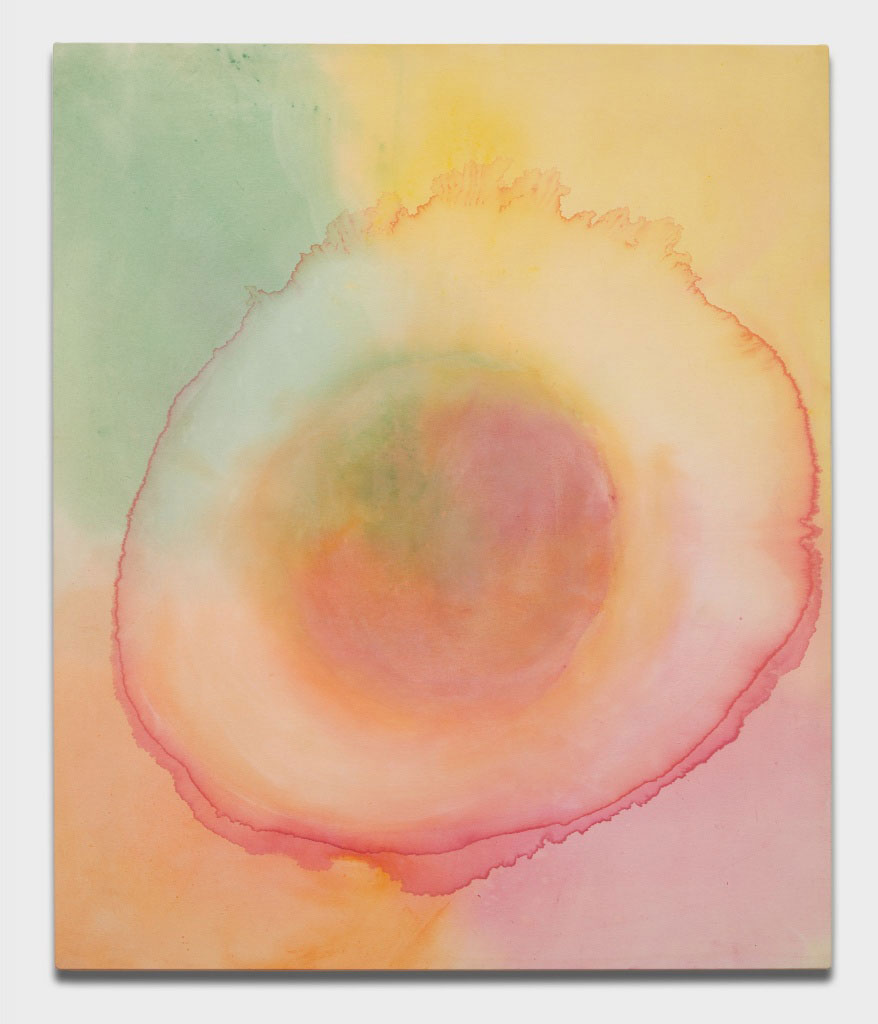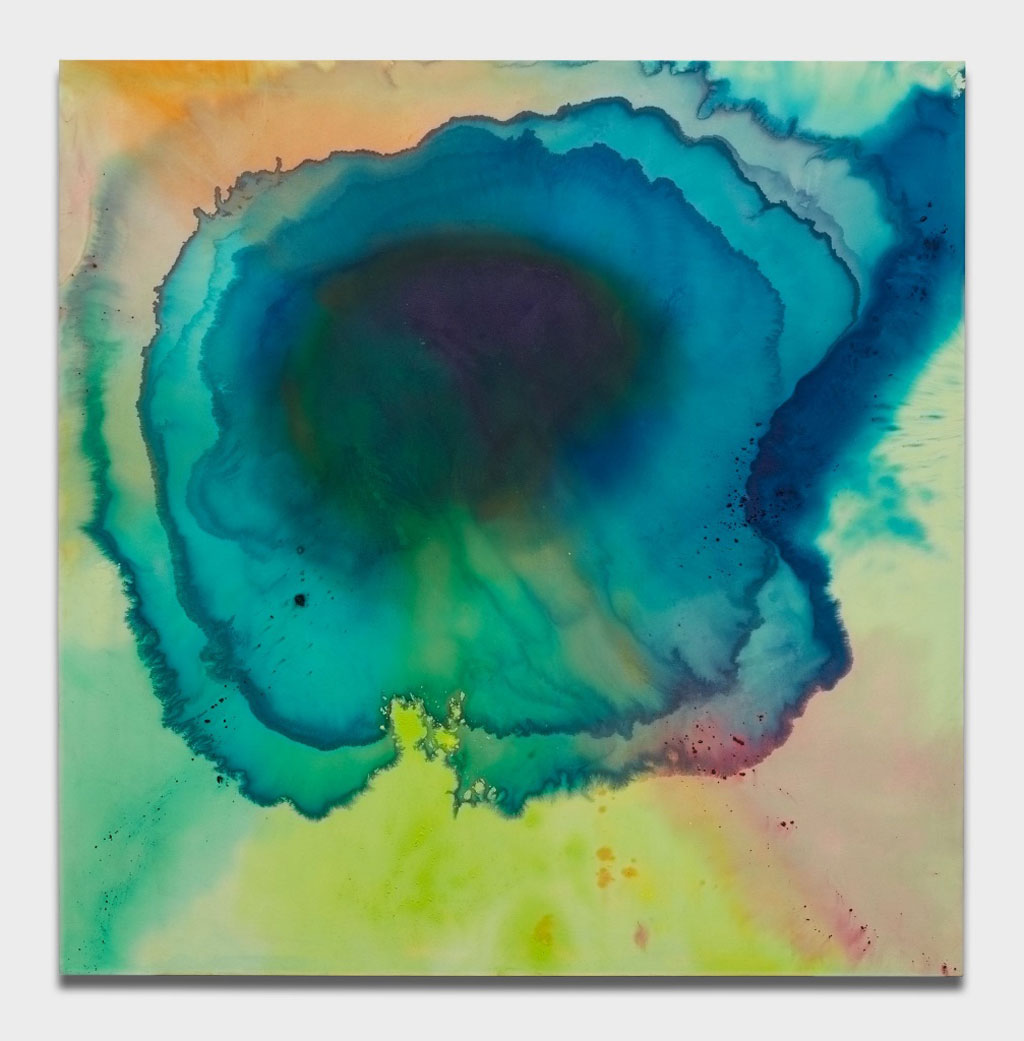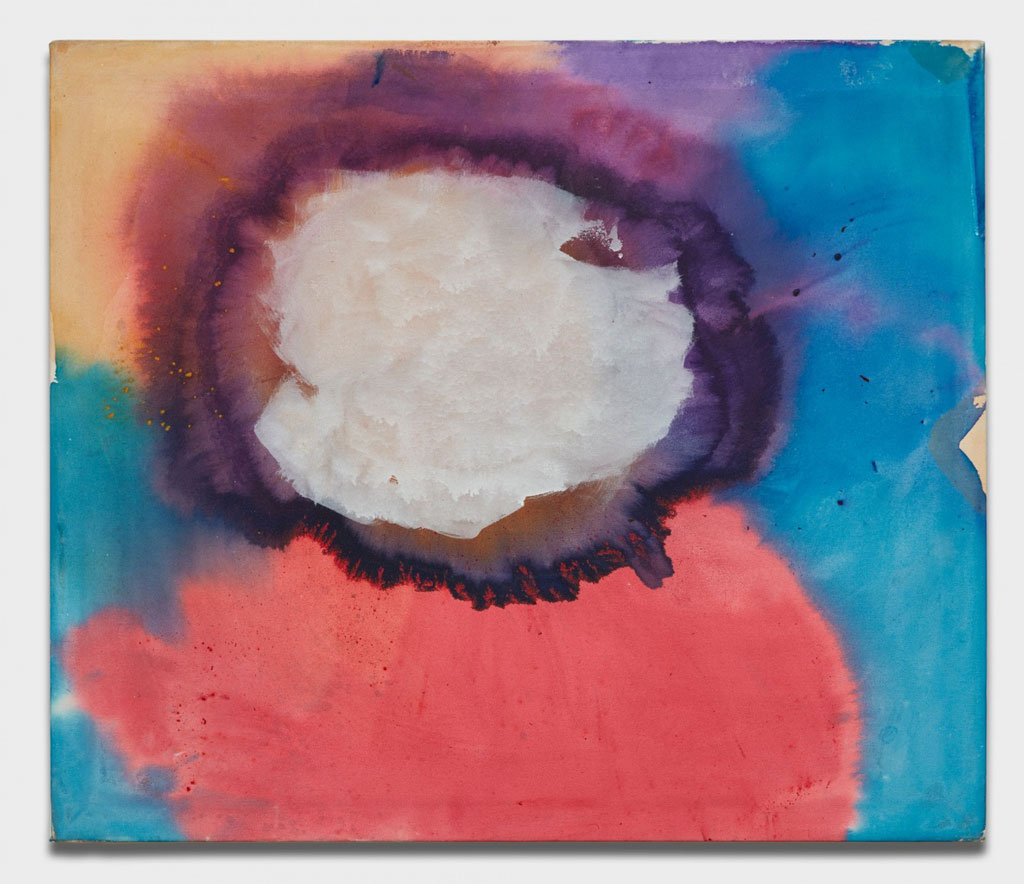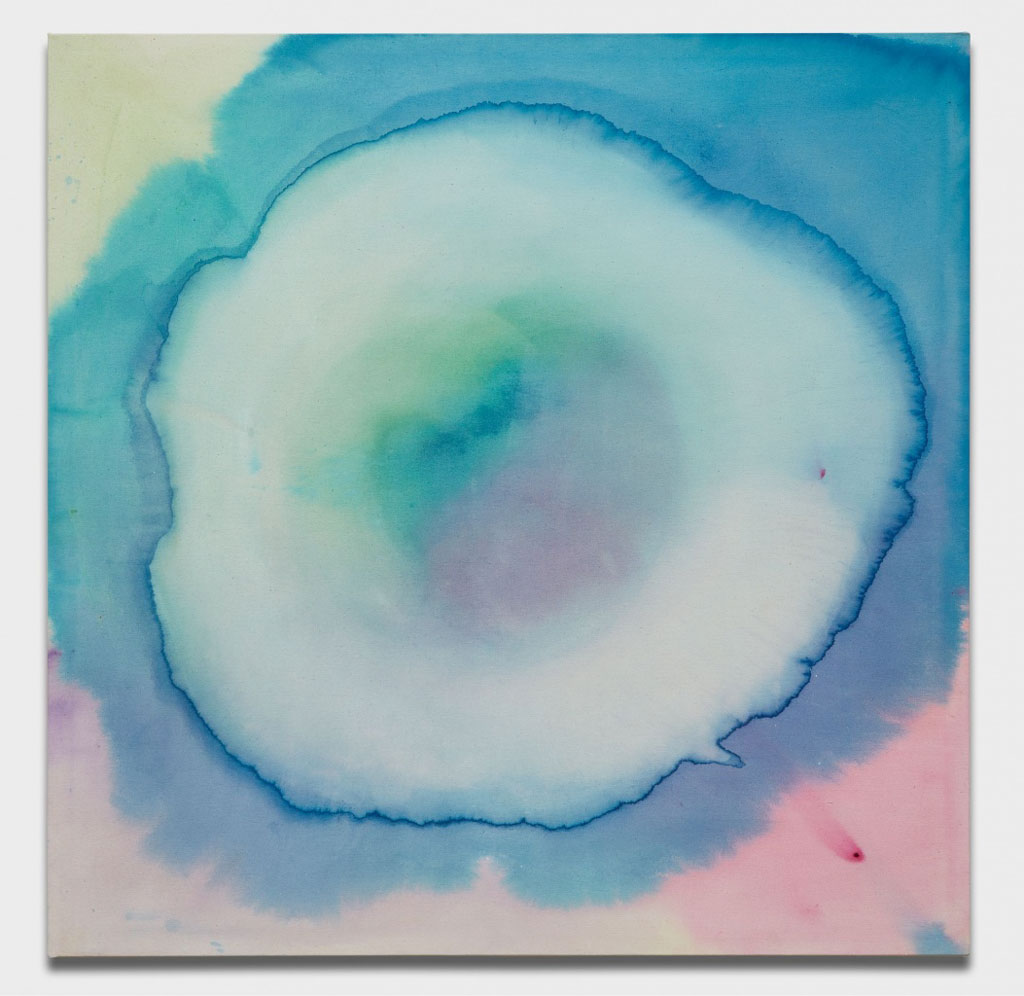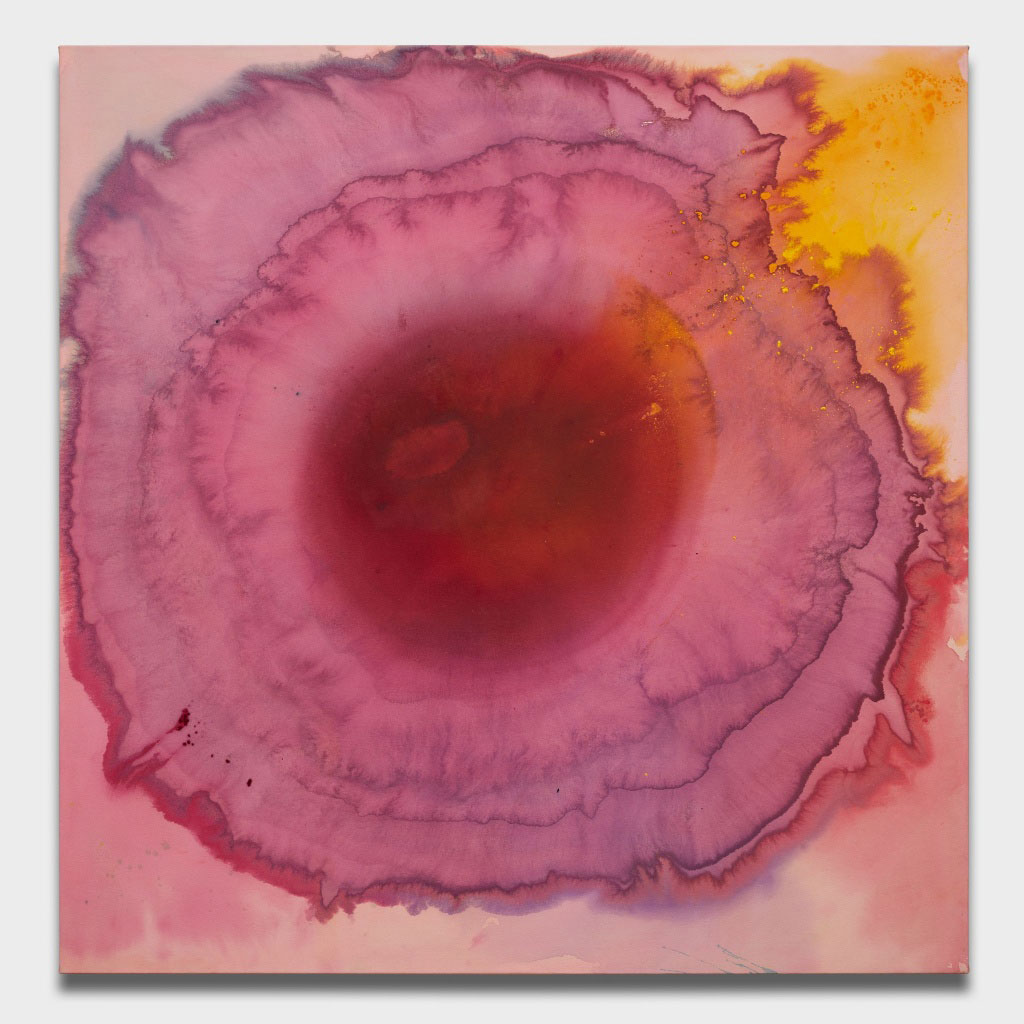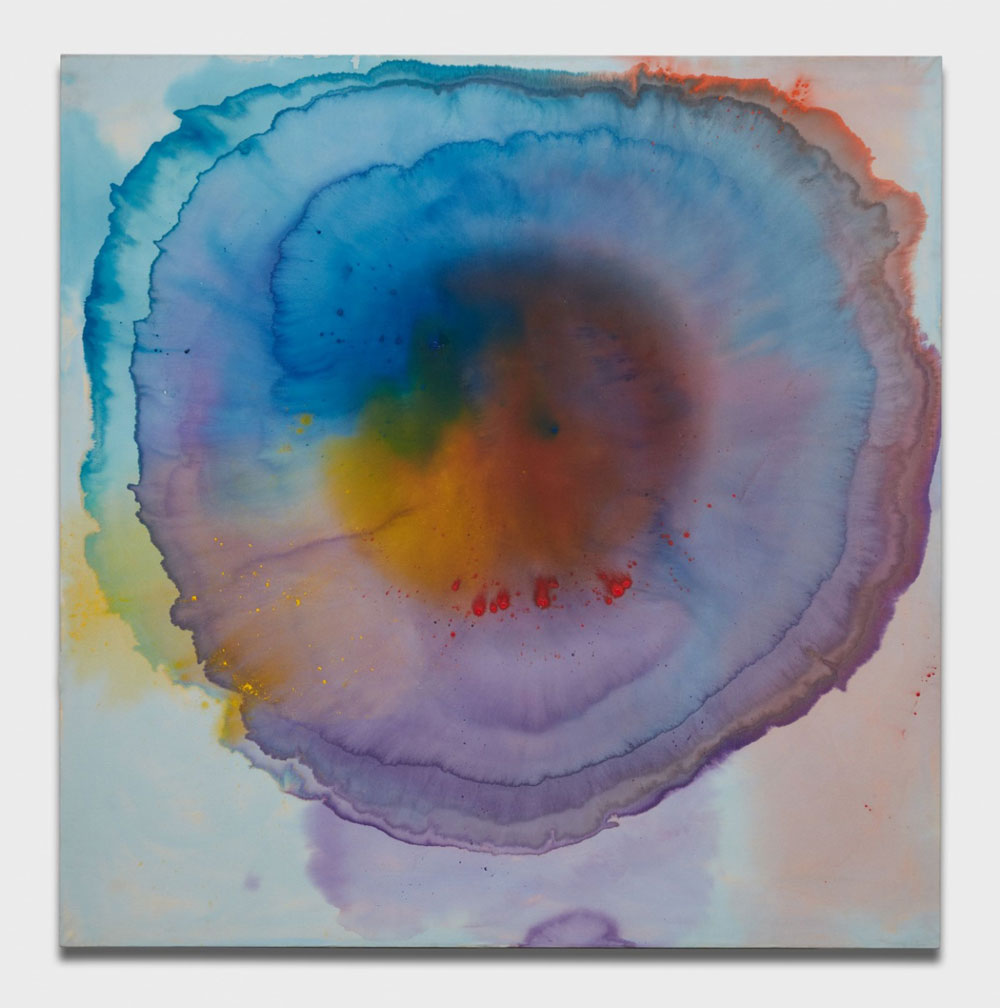ART-PRESENTATION: Vivian Springford
 Vivian Springford began as a portraitist, but then evolved under the influence of the New York School. She was a close friend and studio-mate to Asian artist Walasse Ting. Through Ting, Springford became close friends with artists such as Pierre Alechinsky, Sam Francis, and Karel Appel. The confluence of these various inspirations is apparent in her work.
Vivian Springford began as a portraitist, but then evolved under the influence of the New York School. She was a close friend and studio-mate to Asian artist Walasse Ting. Through Ting, Springford became close friends with artists such as Pierre Alechinsky, Sam Francis, and Karel Appel. The confluence of these various inspirations is apparent in her work.
By Dimitris Lempesis
Photo: Almine Rech Gallery Archive
Through a selection of never-before-seen paintings spanning over 25 years of Vivian Springford’s prolific career, the exhibition at Almine Rech Gallery offer novel insights into the artist’s singular practice, with its distinct fusion of Abstract Expressionist energy with Color Field’s cerebral planes. The rediscovery of the paintings of Vivian Springford has introduced a wonderful new voice to the resounding chorus of the New York School of twentieth century painting. Daughter of a wealthy New York executive, Springford attended Manhattan’s elite Spence School. But instead of attending one of the prestigious colleges to receive an education in the liberal arts, or perhaps marrying into another kind of respectability, she went directly from Spence to the Art Students League. And thereafter, Springford never swerved from her commitment to her art, or to the world of Manhattan’s avantgarde. Her entire career unfolded in the very center of the bohemian scene of the 1950s into the 1980s. Springford’s important abstract work commenced relatively late in her life—she was in her forties when her “early,” Chinese calligraphy-inspired work was shown at the downtown Great Jones Gallery in 1960. By then she was firmly entrenched in the circle of artists that included her longtime studio-mate, mentor and lover Walasse Ting; both she and Ting knew such artists as Franz Kline (whose work directly influenced her), and they were close to Sam Francis and the European abstract painters Pierre Alechinsky and Karel Appel. Though Springford always shied away from taking advantage of art world contacts, she did gain the admiration and friendship of some of New York’s art world luminaries, and it may have been the critic Harold Rosenberg who helped facilitate the important Great Jones Gallery exhibition. During her early career she only had one more important solo show, at the midtown Preston Gallery, in 1963. From an active, thinly painted, “one shot” gestural imagery, Springford’s painting metamorphosed into a style seemingly influenced primarily by Helen Frankenthaler and Morris Louis. These so-called stain paintings would become the body of work most decisively original to her, and most startling to the audience seeing them forty and more years after their creation. She continued to make ambitious, often remarkably large, stained paintings until, due to the macular degeneration that rendered her increasingly blind in her later years, she settled into a rather reclusive life in a residential hotel. Much remains to be learned about Springford’s artistic practice and life. Though she left behind a significant body of work, she had an inexplicably limited exhibition history. After her early recognition through the two commercial solo shows in the early 1960s, she never again had the ongoing support of a commercial gallery. To fill the gap, she became an early member of the various womens’ organizations and informal feminist movements, and was included in a few group exhibitions including the Women in the Arts show at the Brooklyn Museum in 1975. The “Washington Color School,” led by Louis and Kenneth Noland, is credited with promulgating the painting techniques that Springford employed, and she is also unavoidably connected to the canvas-penetrating technique of Helen Frankenthaler. This mode relied on thinly applied oil or, more often, acrylic-based washes on linen or canvas, allowing the pigments to soak into the substrate, and bleed out from loci of applied paint. But Springford’s methodology was far more complex and difficult than it looks, and her mastery of it will be the subject of analysis for years to come.
Photo: Vivian Springford, Untitled, 1975, Acrylic on canvas, 182,2 x 182,2 x 3,2 cm , © Vivian Springford Estate, Courtesy Vivian Springford Estate and Almine Rech Gallery
Info: Almine Rech Gallery, 39 East 78th Street, 2nd Floor, New York, Duration: 13/11/2020-13/1/2021, Days & Hours: Tue-Sat 12:00-17:00 (Appointments suggested), www.alminerech.com


